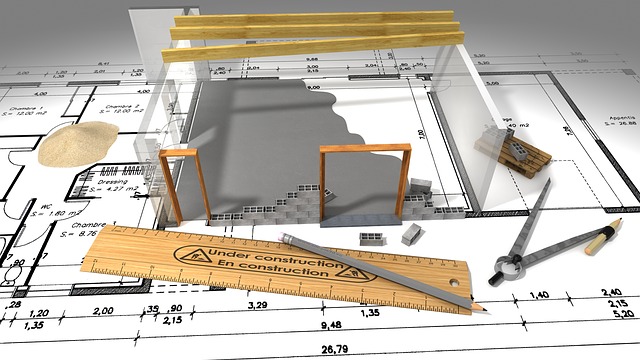As demand for housing increases, which causes home prices to continue to climb, more and more people continue to look into remodeling their existing homes, adding rooms or converting them, and building accessory dwelling units (ADUs) on their existing properties. All these options are creative and demonstrate resourcefulness. Still, often people, and the professionals they hire, forget to consider the additional usage of existing utilities, such as water, sanitary sewer, stormwater runoff, and power. This article will focus on the first three, which are also known as the “wet” utilities.
For one thing, people often dislike it when there is not enough water pressure. Unfortunately, we have that issue at home. Not that our home does not have enough water pressure, but whenever we travel or go to another home, I hear complaints from my family regarding the lack of water pressure in the shower. In general, this is not a huge issue; however, in some cases, not addressing the water capacity of an existing system leads to other inconveniences, such as not being able to run a dishwasher and comfortably shower at the same time.
In the case of the sanitary sewer system, the effects occur when the household laterals connect to a sewer main in the public right-of-way. In San Francisco, for example, we treat both sanitary sewage and stormwater runoff, which is an outdated practice known as a “combined sewer system.” However, that is how the system was set up more than a century ago, and we are stuck with this reality until we separate both systems. For example, all newer construction, such as Mission Bay, is required to separate both systems because the combination of two means that relatively clean rainwater gets mixed in with sewage, which has to be treated and augments the work and cost required. Therefore, though not always required for new construction, it is environmentally beneficial to reduce the amount of stormwater runoff by 1) harvesting rainwater, 2) building roof gardens, and 3) using permeable materials instead of concrete, which allows stormwater runoff to seep into the ground.
The practices included in this article to mitigate additional utilities are not much costlier than traditional practices. The one exception might be the roof garden. However, its cost is balanced by generating a longer lifecycle for the roof, which means less offsetting the price of a new one; increased insulation, which helps in the winter months and reduces heating costs, as well as a cooler roof in the summer, which also turns into cost savings by using less air conditioning. In addition, rainwater harvesting reduces the need to use potable water for irrigation, which leads to huge cost savings and addresses a crucial current need due to our lingering drought.
As we seek creative solutions to our current housing crisis, it is worth remembering the impact we place on our existing dwellings and communities by drawing more from the existing infrastructure, which needs to be replenished and or upgraded.

